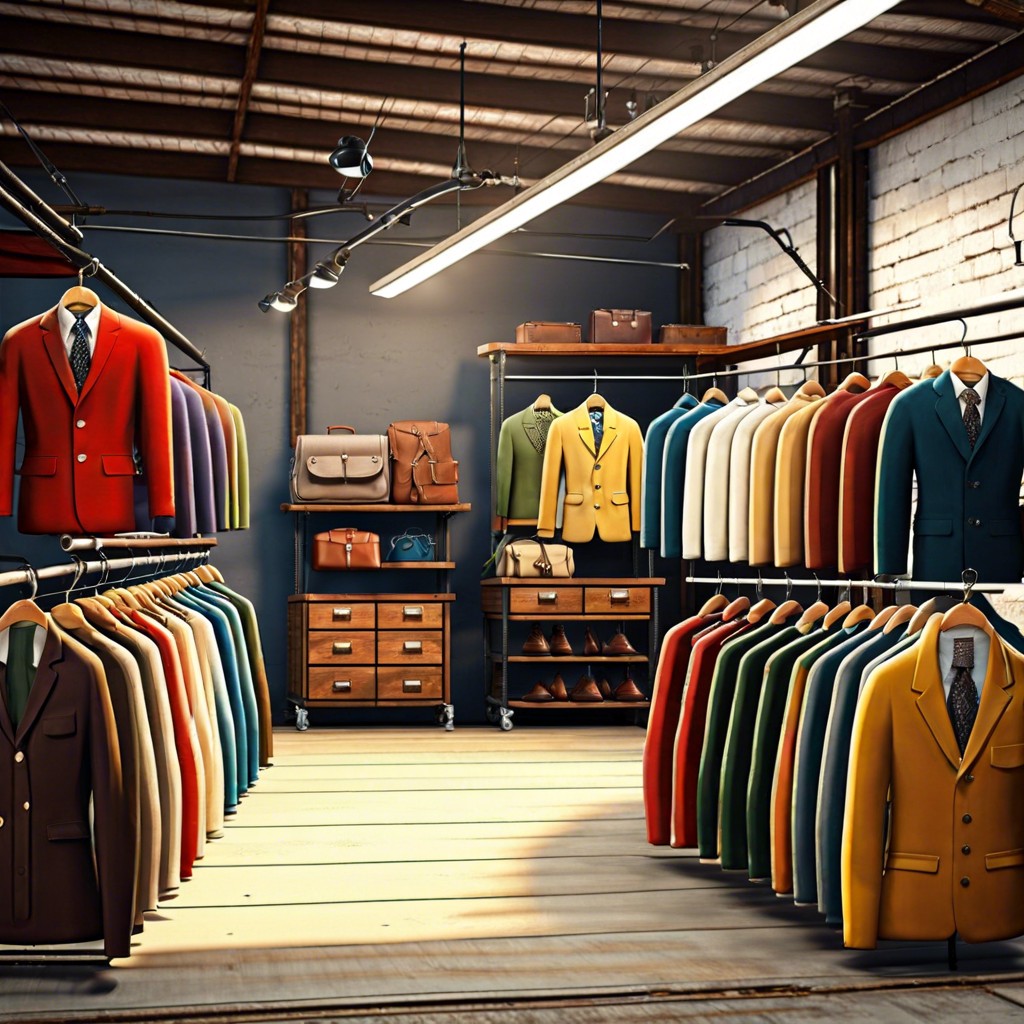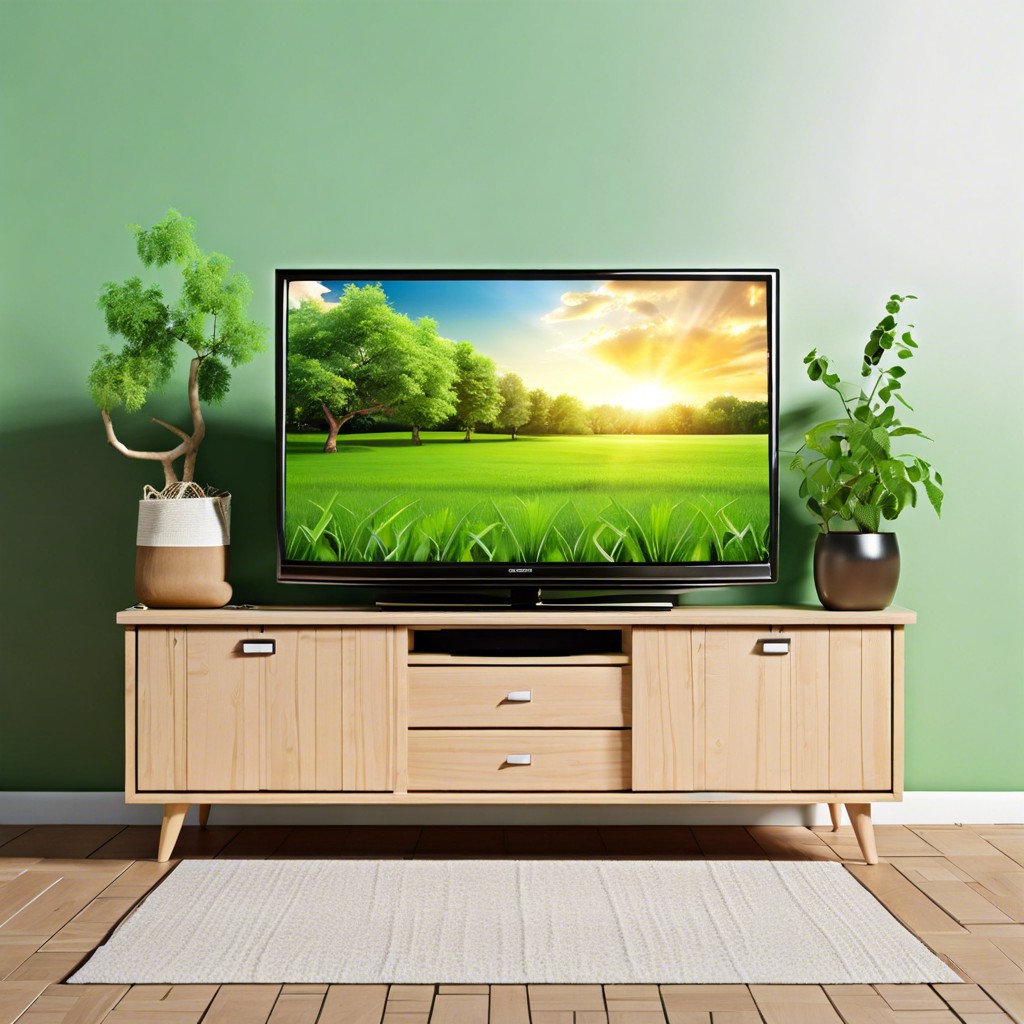Last updated on
Learn how to navigate the vintage wholesale market to find quality items at competitive prices.
Key takeaways:
- Vintage wholesale offers differentiation in a crowded market.
- Quality vintage pieces tell a story through craftsmanship and materials.
- Consider condition, demand, and supplier terms before purchasing wholesale.
- Leverage social media, storytelling, influencers, themed promotions, and email marketing for vintage wholesale marketing.
- By tapping into nostalgia, businesses can effectively draw in customers.
Defining Vintage Wholesale

Vintage wholesale involves acquiring a large inventory of aged goods typically over 20 years old to sell to retailers or directly to consumers. This stock often includes clothing, accessories, furniture, and decor pieces.
The notion thrives on the appeal of nostalgia and the demand for sustainable, quality items with historical significance. Traders gain access to these goods through estate sales, auctions, or from individuals clearing out their personal collections.
As a wholesale buyer, you often purchase items at lower prices, banking on their rarity and appeal to drive profitability. This business model not only caters to fashion enthusiasts and collectors but also supports the recycling of products, aligning with eco-friendly practices.
Benefits of Vintage Wholesale for Retailers

Vintage wholesale offers retailers several strategic advantages. First, it allows for differentiation in a crowded market. By stocking one-of-a-kind vintage items, stores can stand out and attract customers looking for something special that they won’t find at every other shop.
Additionally, the profit margins on vintage pieces can be quite attractive. Because these items are often sourced from estates, auctions, or personal collections, they can be acquired below market value and sold with a considerable markup.
There’s also a sustainability aspect that appeals to a growing number of consumers. Selling vintage items helps reduce waste and supports recycling, making it an environmentally friendly choice that resonates with eco-conscious shoppers.
Finally, vintage items bring their own histories, adding a layer of storytelling to a retailer’s merchandise. These stories can create emotional connections with customers, turning casual buyers into loyal patrons.
How to Identify Quality Vintage Pieces
Quality vintage pieces often tell a story through their craftsmanship and materials. Start by examining the construction. Well-crafted vintage items typically feature heavier fabrics, strong stitching, and precise assembly. Check for natural fibers like wool, cotton, and silk which indicate higher quality.
Look closely at the condition. A piece worth investing in should have minimal damage. Small signs of wear can be acceptable but avoid items with significant tears, stains, or odors that are hard to remediate.
Research the era of the item. Certain periods were known for specific styles and qualities. Learning these can help you authenticate the vintage status and understand its value.
Lastly, utilize the maker’s marks or labels. Established brands or designer tags not only add to the authenticity but also often ensure higher resale value. Educate yourself about known marks from the past, as this can be a significant indicator of the piece’s quality and origin.
Key Considerations Before Purchasing Wholesale
Consider the condition of vintage items carefully. Varied levels of wear can impact their saleability. Research the provenance or history as it often adds to the item’s value and appeal. Ensure storage and transportation preserve their condition.
Evaluate the market demand before purchase. Trends in vintage fashion and decor rotate swiftly. Stock items that resonate with current preferences but also maintain a timeless charm.
Understand the supplier’s terms. Minimum order quantities, return policies, and shipping fees differ. These factors significantly affect your costs and potential profits. Establish a good rapport with wholesalers; they can offer valuable insights and potentially flexible terms not advertised.
Always assess authenticity and legal requirements. Some vintage items may require special licenses or adhere to specific trade laws. Counterfeit vintage items can damage your reputation and lead to legal challenges.
Keep these considerations in balance to secure valuable inventory that enhances your vintage collection, attracts customers, and aligns with your business model.
Marketing Strategies for Vintage Wholesale Businesses
Effective marketing is crucial for capturing the right audience and boosting sales. Here are key strategies to consider:
Leverage social media platforms to showcase the timeless appeal of vintage items. Platforms like Instagram and Pinterest are ideal for displaying high-quality images that highlight the unique features of each piece.
Develop storytelling techniques. Share the history and stories behind vintage items to engage potential buyers emotionally. This approach adds a layer of intrigue and authenticity that can enhance perceived value.
Collaborate with vintage influencers and bloggers. These partnerships can increase visibility among enthusiasts who trust the recommendations of established figures in the vintage community.
Offer themed promotions and events. For example, create a 1920s week where all items from that era are featured. This can attract buyers interested in specific time periods and create a sense of urgency.
Utilize email marketing to keep your audience informed about new arrivals and exclusive deals. Regular updates keep your business top-of-mind and encourage repeat visits.
By tapping into the nostalgic charm of vintage products and employing these strategies, businesses can effectively draw in and retain customers.
Related:




